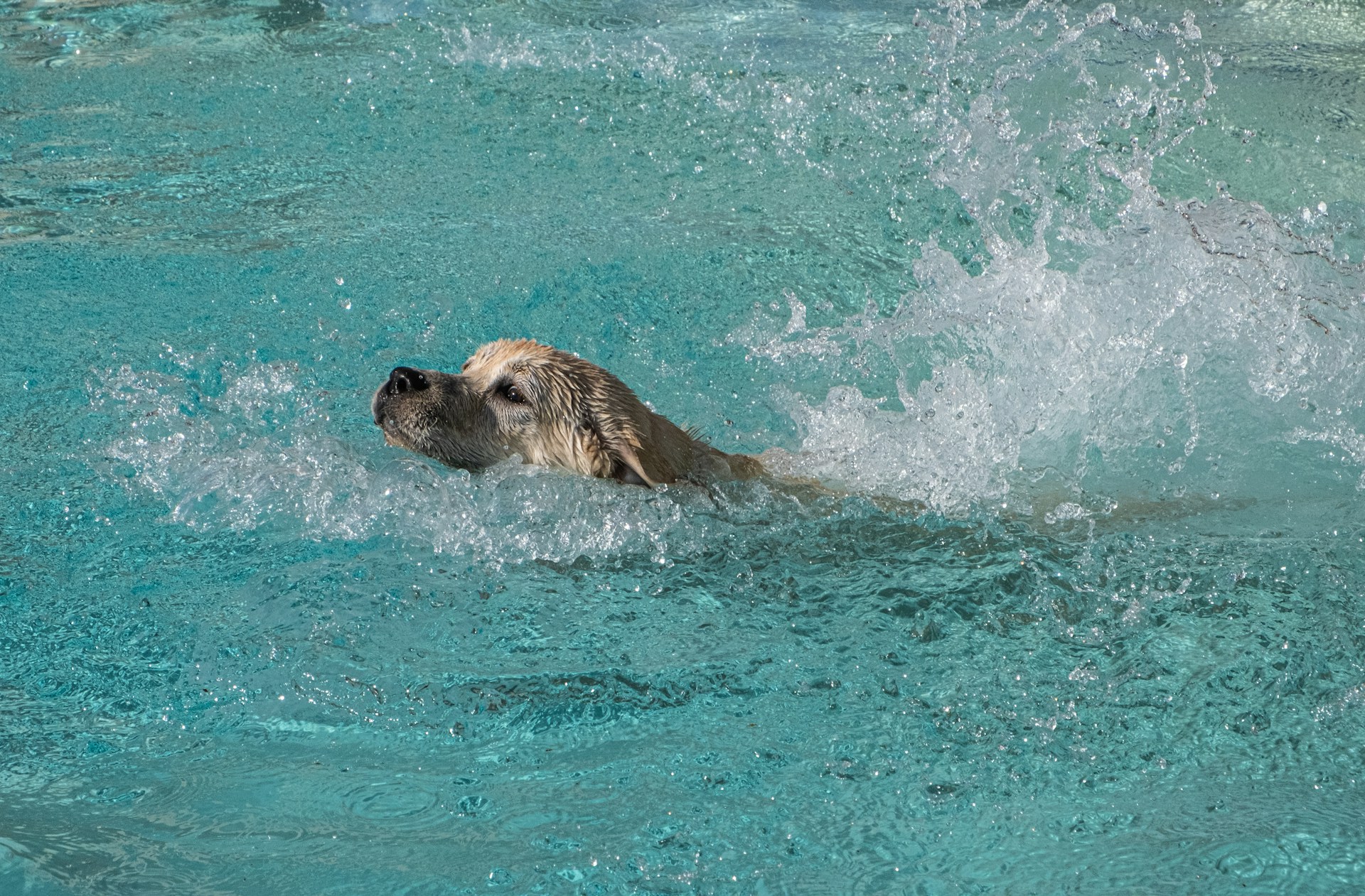Introduction
My Dog Drowned Did She Suffer? 15 Facts
1. Coping with the Unthinkable
Discovering that your beloved canine companion has drowned is an unimaginable blow. The initial shock is often accompanied by an overwhelming sense of grief and guilt. As a pet owner, grappling with the question of whether your dog experienced suffering intensifies the pain.
2. Understanding the Physiology of Drowning
To comprehend the potential suffering, it’s crucial to explore the physiological aspects of drowning. Dogs, like humans, can undergo a harrowing experience when submerged in water. The struggle to breathe, panic, and fear are intrinsic to the drowning process, prompting the haunting query: Did she suffer?
3. The Instinctual Battle for Survival
When faced with the threat of drowning, dogs engage in an instinctual battle for survival. The struggle to stay afloat, coupled with the fear and confusion, adds layers of distress to their experience. It’s essential to acknowledge the depth of their instinctual fight and the emotional toll it may have taken.
4. The Silence of Suffering
Dogs, unlike humans, may not express their distress in ways we readily recognize. The absence of vocalization or overt signs of suffering can make it challenging for pet owners to gauge the depth of their pet’s pain. This silence intensifies the emotional weight of the question: Did my dog suffer?
5. Seeking Answers from Professionals
To find solace and understanding, seeking answers from veterinary professionals is imperative. Veterinarians possess the expertise to assess the circumstances of the drowning incident, offering insights into the potential suffering your dog endured. Their guidance can provide a clearer picture and aid in processing the trauma.
Related Posts :
Let’s Understand How To Keep Cats Away From Peace Lily? 10 Facts
Let’s Understand Top 15: Cat Sleeping Above My Head Meaning Spiritual
Let’s Understand Do Cats Get Horny? TOP 10 FACTS
Let’s understand Is Pura Safe for Cats?
6. Coping Mechanisms for Pet Owners
Understanding and accepting the reality of your dog’s drowning is a monumental challenge. Implementing coping mechanisms is crucial for navigating the grief and guilt associated with the loss. Here are strategies to help pet owners cope:
a. Seeking Emotional Support:
Reach out to friends, family, or support groups who understand the unique bond between humans and their pets. Sharing your feelings and memories can be therapeutic.
b. Professional Counseling:
Engage in counseling or therapy to address the emotional aftermath of the traumatic event. Professional support can provide tools to cope with grief and guilt.
c. Memorializing Your Dog:
Create a memorial or tribute to celebrate your dog’s life. Planting a tree, creating a photo album, or writing a letter can be cathartic ways to honor their memory.
d. Reflecting on Positive Moments:
Focus on the positive moments and joyful experiences shared with your dog. Celebrate the love and companionship that defined your relationship.

7. The Emotional Landscape of Grieving Pet Owners
The emotional aftermath of a pet’s drowning extends beyond the immediate trauma. Grieving pet owners often grapple with a spectrum of emotions, ranging from guilt and anger to profound sadness.
Understanding this emotional landscape is crucial, as it contributes to the complex tapestry of questioning whether their loyal companion suffered.
8. The Weight of Guilt: Unraveling the Emotion
Guilt is a common companion in the grieving process for pet owners who have experienced a tragic loss like drowning.
They may question their actions leading up to the incident, pondering whether different decisions could have altered the outcome.
The weight of this guilt compounds the overarching question: Did my dog suffer needlessly?
9. The Healing Power of Acceptance
Acceptance is a key component of the healing journey. Acknowledging the reality of your dog’s drowning and understanding that, as a pet owner, you did your best under the circumstances can foster a sense of peace.
While it doesn’t erase the pain, acceptance becomes a stepping stone toward navigating grief.
10. Nurturing Self-Compassion in the Grieving Process
Self-compassion is an integral aspect of grieving for pet owners. Understanding that feelings of sorrow, guilt, and even anger are natural responses allows for a gentler approach to self-reflection.
Nurturing self-compassion becomes a means of extending the same kindness and understanding to oneself as one would to a grieving friend.
11. The Impact of Supportive Networks
Grieving pet owners often find solace in supportive networks that comprehend the unique bond shared with their pets.
Connecting with others who have experienced similar losses can provide a sense of understanding and empathy.
Online forums, local support groups, or counseling services tailored for pet loss offer avenues for shared healing.
12. Channeling Grief into Advocacy
Transforming grief into advocacy can be a powerful way to honor your dog’s memory.
By raising awareness about water safety for pets, sharing your experience, and participating in local or online communities dedicated to preventing pet drownings, you contribute to a positive impact on the lives of both pets and their owners.

13. Rituals of Remembrance: Honoring Your Dog’s Legacy
Establishing rituals of remembrance can be a healing practice. Creating a memorial, holding a ceremony, or participating in activities that celebrate your dog’s unique personality and cherished moments can help shift the focus from the question of suffering to a celebration of a life well-lived.
Related Posts :
Let’s Understand How To Keep Cats Away From Peace Lily? 10 Facts
Let’s Understand Top 15: Cat Sleeping Above My Head Meaning Spiritual
Let’s Understand Do Cats Get Horny? TOP 10 FACTS
Let’s understand Is Pura Safe for Cats?
14. The Journey Toward Finding Meaning
While the question of whether your dog suffered remains heavy, embarking on a journey toward finding meaning in the shared moments can offer a semblance of closure.
Whether through creative expressions, dedications, or acts of kindness in your dog’s memory, finding meaning becomes an ongoing process of healing.
15. Professional Guidance for Prolonged Grief
If the grief lingers and becomes overwhelming, seeking professional guidance is crucial. Grief counselors, therapists specializing in pet loss, or support hotlines can provide a structured and compassionate approach to navigating prolonged grief.
Recognizing when professional help is needed showcases strength in facing emotional challenges.
Conclusion: Navigating Grief with Compassion and Understanding
The journey of grief after the tragic loss of a pet due to drowning is a deeply personal and often arduous process.
By acknowledging the emotional landscape, embracing self-compassion, and seeking support from both empathetic networks and professionals, pet owners can gradually navigate toward a place of healing and acceptance.
While the question of whether their dog suffered may linger, honoring the memories and embracing the shared love becomes a profound testament to the enduring bond between humans and their loyal companions.


